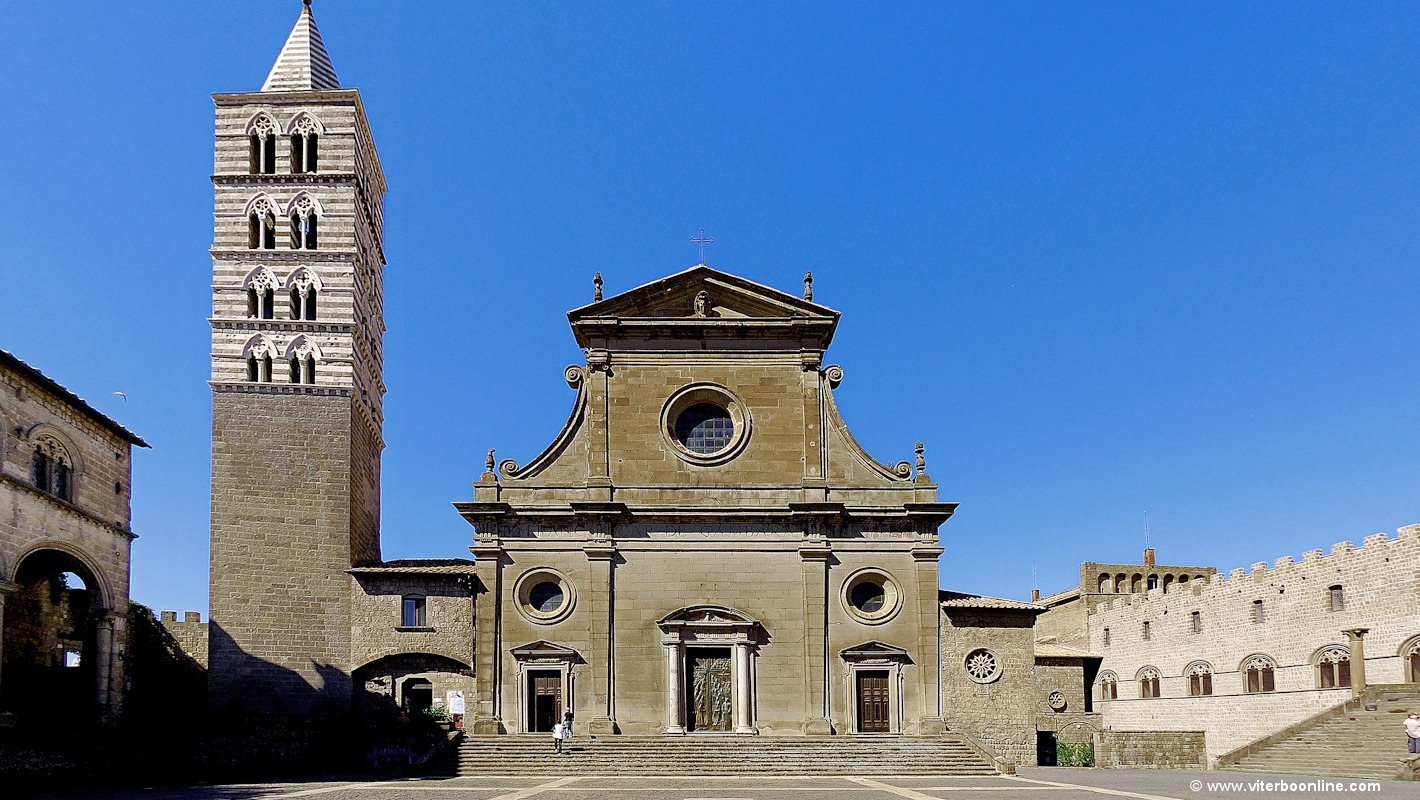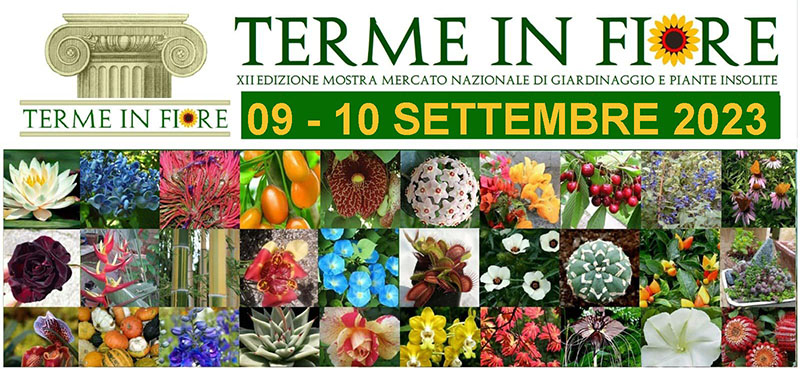










San Lorenzo Cathedral

The Cathedral of San Lorenzo is the main place of worship in the city of Viterbo, a bishopric of the diocese of the same name.
The church has an impressive Romanesque structure dating from the twelfth century, although the facade, because of rearrangements of the sixteenth century, looks like the structure of the Renaissance style.
Two popes are buried in the Cathedral: Pope Alexander IV, who took refuge in Viterbo fearing capture by Manfredi of Sicily, whose tomb has been lost, and Pope John XXI (1210 – 1277), Whose tomb is still visible at the bottom of the left aisle. In May 2000, a special honorary grave was placed in the same cathedral, at the behest of John Paul II.
The current facade contrasts definitely the surrounding buildings, the source and medieval style, as well as not being built in stone like those, is designed in the Renaissance style, for Cardinal Gambara (1533 – 1587), bishop of the diocese of Viterbo from 1568-1580, which gave over to the transformation of the cathedral. From the outside the only original work visible is the bell tower, formed in the upper layers marked by double lancet windows and polychrome horizontal bands alternating the white travertine of the local and the blue basalt. Access to the portal is via a short staircase.
The interior, with three naves separated by two rows of columns connected by arches and with a floor cosmatesco, was remodeled in the sixteenth century, when they were open in the side walls ten chapels: this resulted in the loss of the frescoes painted on the wall walls, demolished to make way for chapels themselves. In the seventeenth century it was built a barrel vault decorated in 1681 by Urban Romanelli which prevented the view of the decorated truss currently visible. In the same building phase is due lengthening of the nave and the apse baroque building (currently hidden from the reconstruction of a modern apse in place of the Romanesque) visited, along with the beautiful vestry and the Palace of the Popes, speaking at the Museum the Colle del Duomo in Viterbo. Most of these changes was then removed after the Second World War: the explosion of a bomb exploding in the cathedral during a bombing raid in 1944, in fact, produced extensive damage and subsequent restoration provided an opportunity to bring much of the interior the Romanesque church at estimated. Eight of the ten chapels were so walled together with the apse.
The cathedral contains some artistic works of painting and sculpture:
- the sixteenth century fresco of the Madonna and Child porgente ring of mystical marriage to Santa Caterina in the presence of Santa Barbara, St. Peter, St. Francis, St. Ambrose and St. Bernardino, by Antonio del Massaro from Viterbo, told The pasture;
- the bust of Cristina Letizia Bonaparte (1804 – 1871) by the Sienese sculptor Dupre (1817 – 1882), sculpted a year after the death of Bonapartemarble baptismal font, opera (1470) by Francesco di Ancona. On the basis of lion’s paws is placed a circular tank finely decorated and topped by a triangular temple
- painting on canvas of the Viterbo Giovan Francesco Romanelli (1612 – 1662) depicting the Holy Family with San Bernardino.
- painting of San Lorenzo which administers Communion, painted by Emperor Marcus Benefial (1684 – 1764); the same author a painting of San Lorenzo is shown in the opposite aisle (left)
- table anonymous twelfth century, depicting the Madonna della Carbonara, representation in Byzantine style placed in the area left of the apse, which is considered a precursor version of that famous exposed in the Basilica of Santa Maria Maggiore in Rome
- painting by Carlo Maratta Marche (1625 – 1713) depicting San Lorenzo with the poor
- board representative Blessing Christ between Saints John the Evangelist, Leonardo, Peter and John the Baptist, by Girolamo da Cremona, active in the fifteenth century, that he painted in 1472, commissioned by Francesco Maria settala, Bishop of Viterbo 1472-1491.










